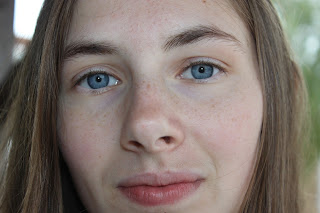Student film openings
I looked on to youtube to look at other film openings that have been uploaded by other students that have taken this course.
Whilst watching this clip I focused on their use of mise en scene, camera movements, editing and sound.
I have chosen this clip to analyse because I think the genre fits well with the genre we will choose for our opening sequence.
Firstly, I like how they emphasized the breathing of the man, I think that this created a more panicked atmospheric effect.
Also I think the mise-en-scene was made very well with the low key natural lighting and the bland walls with the blood gives the surroundings a more dangerous vibe.
The editing at the begging with the clock in the eye was very effective. The fact that it just started with that gave us the audience little information however it was still intriguing and would want the audience to keep watching because they would want to find out the relevance of the clock. Therefore, this makes me think that enigmas would be very good to use in our opening sequences so hopefully it will make audience more intrigued in our piece like this opening sequence has done for me.















